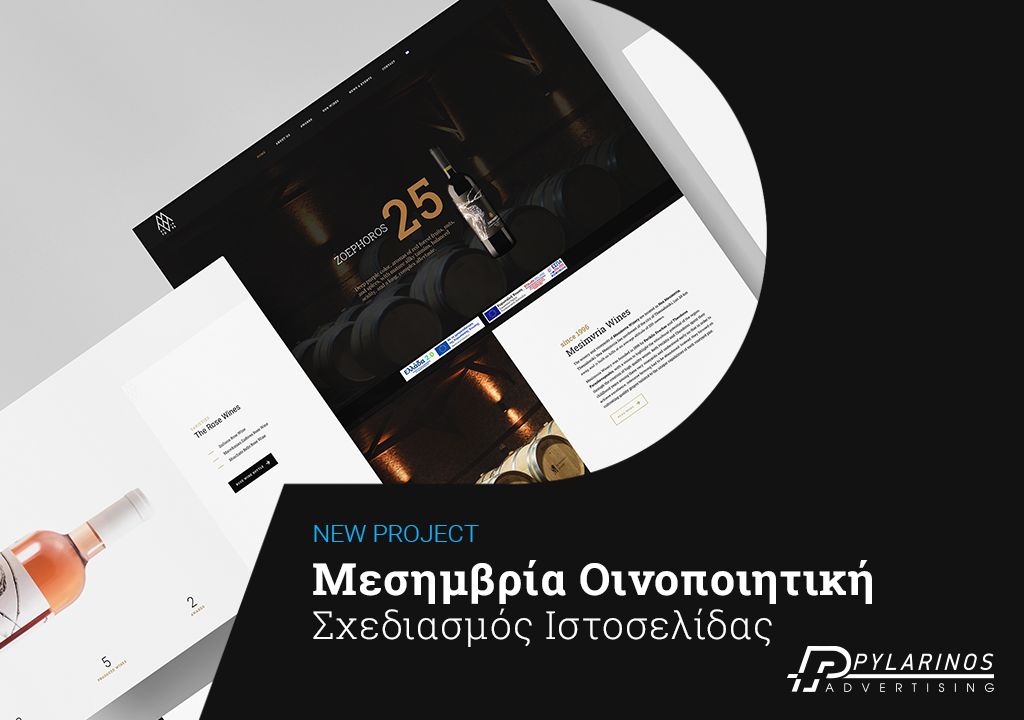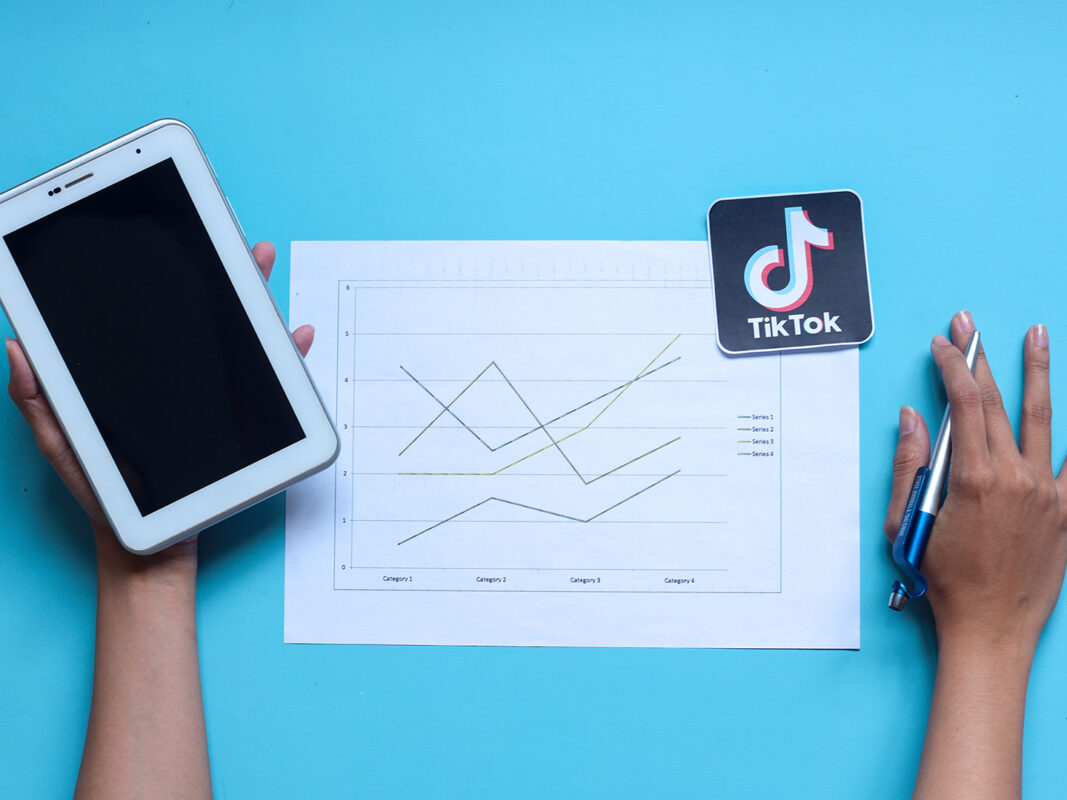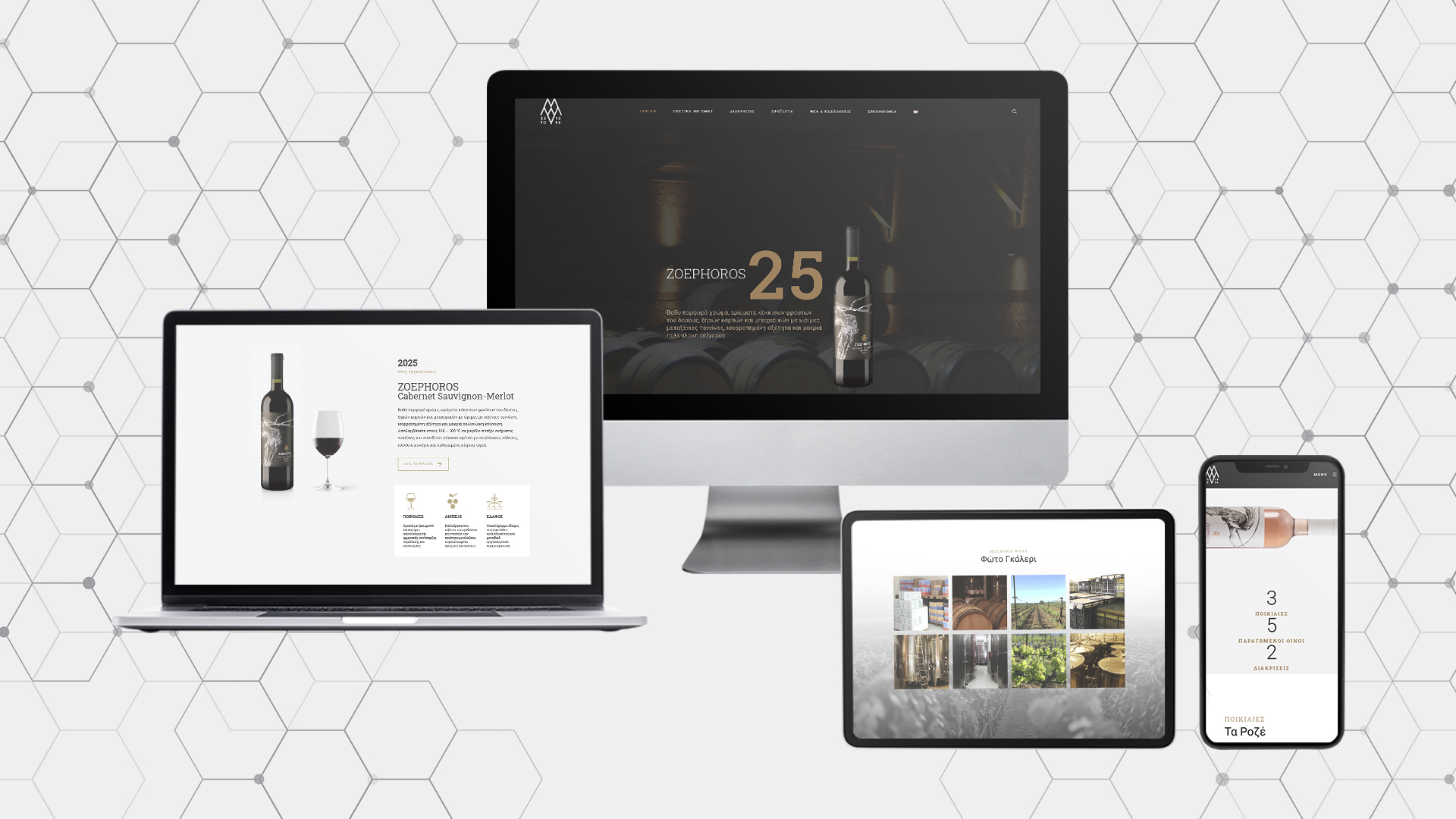The world of influencer marketing is undergoing a radical transformation. With the rise of artificial intelligence and the creation of virtual personalities (virtual influencers), a new chapter is opening for brands: a future where influencers are not people, but algorithms with a face, voice, and audience. Virtual influencers are not just a digital concept—they are the convergence of technological innovation and storytelling, and they are set to redefine the relationship between audience and content.
What can we gain from this technological transition?
That’s what we’ll explore today.
But let’s start with the basics.
What are Virtual Influencers?
Virtual influencers are digital personas created with the help of 3D modeling, animation, and artificial intelligence. They have a specific appearance, personality, style, and backstory, and they function like influencers: they publish content, interact with followers, and collaborate with brands.
Examples of some of the most well-known virtual influencers:
• Lil Miquela: Perhaps the most famous example, with millions of followers and collaborations with Prada, Calvin Klein, and more.
• Imma: A Japanese avatar with a distinctive style and fashion aesthetic.
What advantages do they bring to your brand?
Total control:
Virtual influencers operate according to the brand’s briefing, eliminating the human factor. Every post is strategically designed within the brand identity framework.
Content consistency:
They are not affected by emotions, fatigue, or other human factors. They produce content 24/7, without time or physical presence limitations.
Diversity & futuristic aesthetic:
Brands can design avatars that represent different ethnic, cultural, or aesthetic identities, targeting niche markets with high engagement.
Adaptability & data-driven content:
Thanks to AI, they dynamically adapt based on analytics and audience feedback, offering personalized digital storytelling.
What risks can virtual influencers pose?
Lack of authenticity:
Despite technological perfection, the audience senses the absence of human experience and emotion.
Ethical concerns:
Who is responsible for what they say? Who is “behind” the avatar? Transparency issues remain unresolved.
Fake Engagement:
There is a risk that numbers are driven by curiosity about the concept and not by actual influence.
Human replacement:
Many professionals worry about losing opportunities, as brands might turn to virtual solutions.
What does the future hold?
The virtual influencer market is expected to exceed $20 billion by 2030. Big brands are already experimenting with avatars in:
• Campaigns
• Metaverse events
• Digital-only launches
Platforms like Instagram, TikTok, and YouTube host such personas, while agencies specialize in creating and managing them.
Final thought
Success depends not only on technology but on whether they can be authentically and strategically integrated into brand strategies.
Virtual influencers are not here to replace people but to expand the possibilities of digital branding.
Pylarinos Advertising Agency
Based in Thessaloniki, we monitor every technological development and can help a business skyrocket its performance. Contact us for more.














